Creative vs Technical Sound Design Mindsets
The first item on the checklist for being a good Sound Designer for Film, or any medium for that matter, is being gifted in both the technical and creative departments. At Syren Studios, we're lucky enough to balance each other out, with one of us being more technically driven and one of us being more creatively driven, but we both have the skills to complete projects on our own too. We usually find that each project requires a completely different approach, but it's important to be thinking outside the box all the time to make our work unique and give it something another Sound Designer may not be able to. In this blog post I'll give some key tips and tricks for improving technical audio knowledge and coming up with different creative ideas, contributing to a better Sound Design.
To learn the right technical knowledge for Sound Design and Audio Editing, you'll need to have at least a basic understanding of acoustics, because you'll want to know what set ups your work will be listened to in. Have a good grasp of acoustics also helps if you're ever in charge of recording foley or ADR and you need to do some soundproofing. I would personally recommend the book, Sound for Film and Television, by Tomlinson Holman, to get the foundations of all things audio which helps in both on-set recording and post-production sound. This is where I learned all my basic knowledge on Decibels, Reflections, Reverberations, Sound Pressure Level, Noise, etc. It's important to note that you don't need to know every sound theory ever, or you'll never start. Experience and constantly asking questions to people within the field will get you a long way too.
For Film, the standard software used for post-production audio is Pro Tools. Even if you prefer to use a different software for your own work, it's important to be able to navigate your way around Pro Tools in case you're working on a project where you need to share a session with another Sound Designer or Sound Mixer. The best way to get to know this DAW is through practice, but for all the smaller tricks like keyboard shortcuts and helpful settings, Pro Tools 101 is a really great book to refer to, and if you buy the book you can even take the Certification exam for free! Once you've mastered Pro Tools, you can start looking into learning some popular plugins such as Izotope RX, Waves, and Fabfilter.
Lastly in the technical department, you need to know the average levels your project needs to be mixed to. Film tends to follow EBU-R128 standards for mixing (-23 LUFS), but this totally depends on the platform it's being shown on. The levels are different for online streaming: Spotify or Apple Music (for podcasts or snippets). It's good to do a bit of research on this and also ask your Client what platform their project is intended for.
To become more creatively inspired for your films, the best tip is to start with a fresh script and annotate it all the way through. There is nothing visual about a script, so even just your interpretation of the written story, whatever appears in your head, is creative input. Once you've got a pretty good idea of how the film will look, focus on just the most creative scenes and how you can approach this. Are there motifs you can keep coming back to? Can you play with transitioning between moments that are diegetic or non-diegetic? Can you play with panning for an effect? Or using high pass and low pass filters? These are completely random examples of things we might consider when starting a project, and they all get written down and pitched to the director. If they say “ I'm not sure I like how that will sound “ you should have 3 other ideas on approaches for that scene ready to throw at them.
At Syren Studios, we are also big fans of references. This is by far the easiest way to explain a creative idea to someone when you can't find the words. If you're watching a film or TV show and they did something interesting with the sound, jot down the timecode so you can refer back to it later on. It can be as simple as liking the sound of a ringtone or a whoosh effect that was really impactful.
A gem for finding creative ideas is also often the Editor. They see the footage and cuts over and over again, so don't underestimate the sound design ideas that might pop up from them in the post production process. Bouncing ideas off another person is a great way to keep those creative juices flowing and come up with some amazing concepts, which is one of our key strengths as an post production audio duo at Syren!
Merry Christmas,
Amy and Izzy



